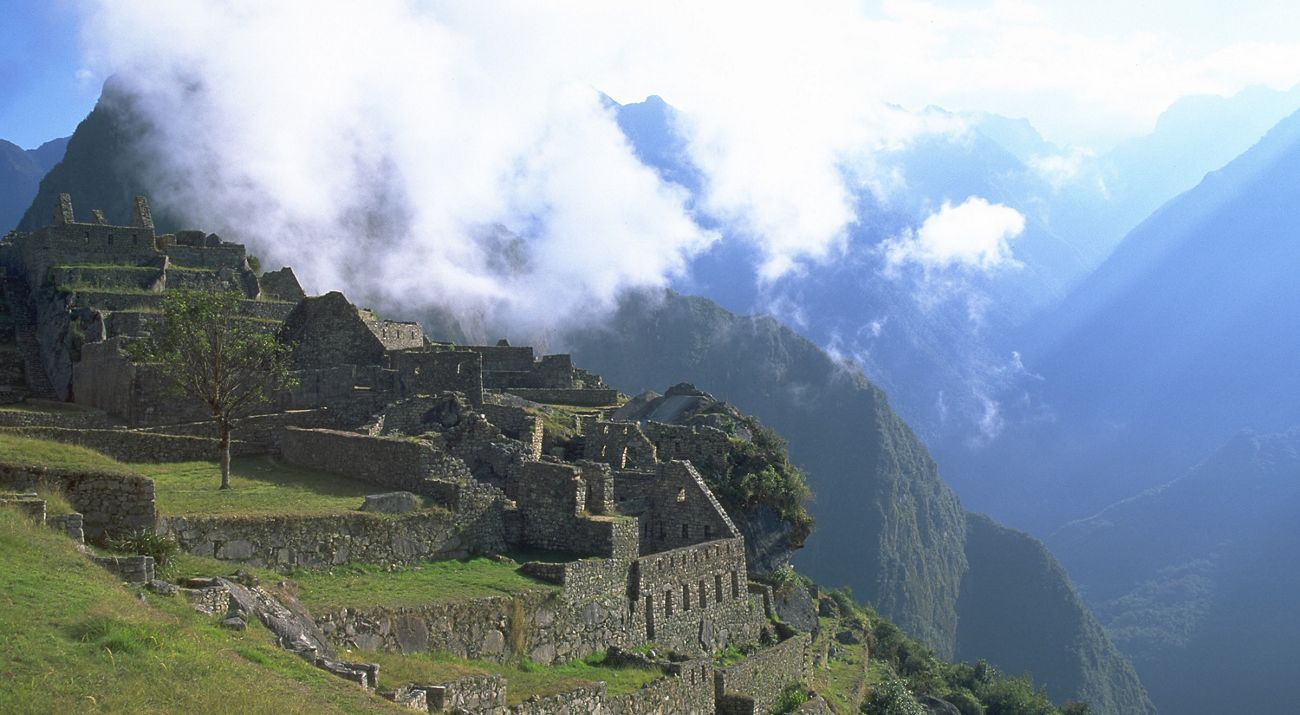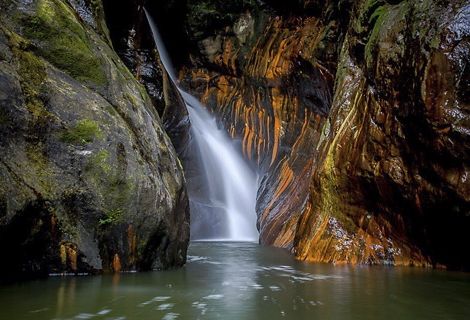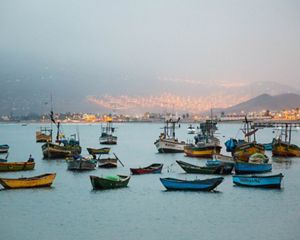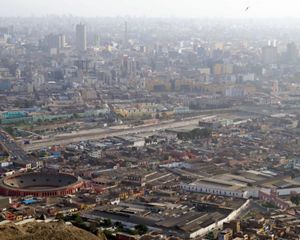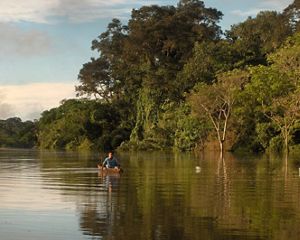Fisheries, water summits and history, and the Amazon Rainforest
In Peru, natural resources are one of the most important engines of the economy. That is why it is essential to ensure that they are used sustainably, from the Pacific fisheries to the Amazon Rainforest rich in timber and diversity. The Nature Conservancy works with partners to protect Peru’s rich biodiversity and the services it provides to millions of people.
We Can’t Save Nature Without You
Sign up to receive regular updates from The Nature Conservancy.
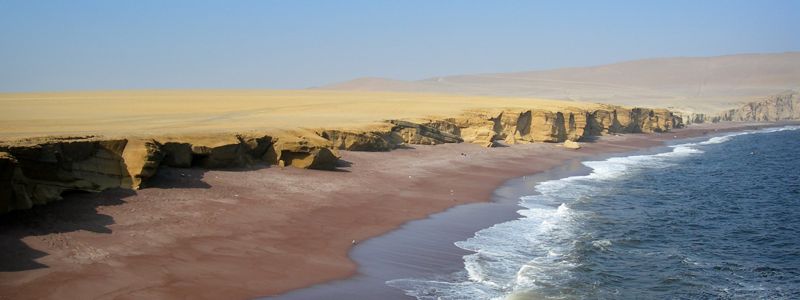
Paracas National Reserve
Desert Pacific coastline of Paracas National Reserve, Peru.
©
Marci Eggers/TNC
